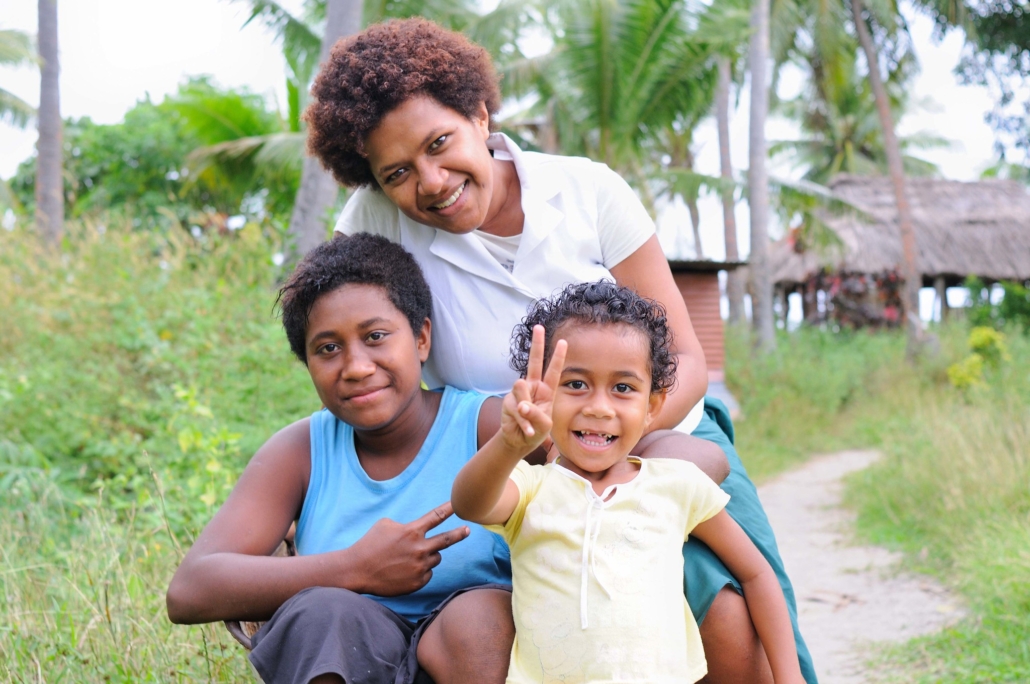Renewable Energy in Fiji

Some people in Fiji lack access to electricity due to where they live, but Fiji is making an effort to increase energy access through renewable energy. Here is some information about renewable energy in Fiji and what the country is doing to develop it.
About Energy
Energy is life, as well as the ability to do work. Energy is an important component of essential everyday functions and people measure and store it in various ways through the process of energy conversion, which changes energy from one form to another. For example, a windmill would transform the kinetic energy of wind into mechanical energy, or an electricity production site burning fossil fuels to generate electrical power which is heavily used today.
Energy varies and can come from different sources. Renewable energy comes from sources that are constant and can be naturally renewed. Energy sources include solar, wind, water, geothermal, bioenergy, nuclear and hydrogen/fuel. Currently, the country Fiji consumes energy from a variety of sources, the most commonly used are hydrogen, fossil fuels and renewable energy.
The Good News About Renewable Energy for Fiji
Recently, Fiji’s Renewable Energy Investment Plan received a $30.51 million endorsement in climate investment funds. This plan will provide clean and affordable energy solutions to 100% of the island by 2036. This plan will also help upgrade their existing transmission lines and power stations and create new solar plants on Viti Levu.
Much of the Fijian population has access to forms of energy, but there are areas where the electricity supply is not available. There are issues of affordability and inequalities within the Fijian communities that prevent people from utilizing these benefits. The new renewable energy plan will also help create technical assistance and departments for the energy grids and systems and establish electricity access to rural and isolated communities.
Before the most recent changes, Fiji widely used fossil fuels to create electricity. Fossil fuels have the categorization of being non-renewable energy sources and there are multiple reasons why renewable energy sources are better for the future. These benefits range from eco-friendliness and lower electricity costs. Fiji’s 20-year National Development Plan projects that renewable sources will provide energy to all power sources by 2036. Fiji’s two major islands Viti Levu and Vanua Levu have already begun using renewable energy.
Looking Ahead
All things considered, renewable energy in Fiji is an exciting breakthrough in modern climate enhancement. Fiji’s future of renewable energy compliments the island’s natural resources, as the region is primed for hydropower. The investments and endorsements will allow a safe, affordable and reliable production of renewable energy in all of Fiji.
– Tatyana Jiles
Photo: Flickr
